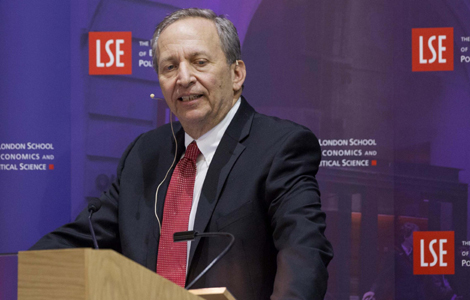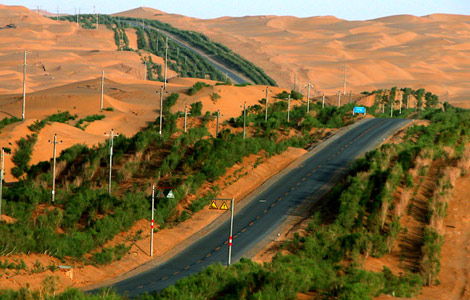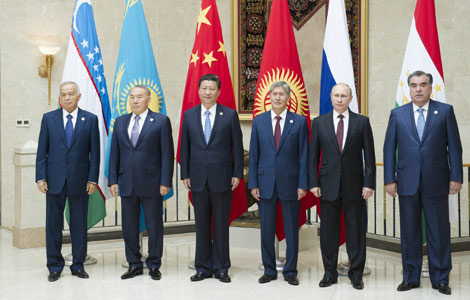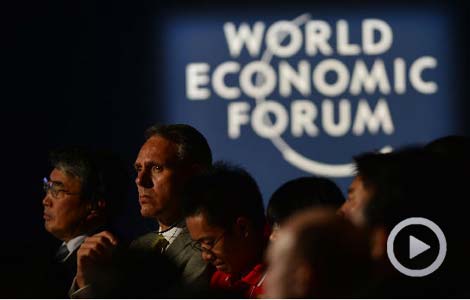A quantum leap forward
Updated: 2013-09-16 08:23
By Tian Huifang (China Daily)
|
||||||||
China's economic restructuring is not short-term expediency, but rather a profound transition to sustainable growth
China's economic development is at the critical crossroads. Since the launch of reform and opening-up, the Chinese economy has undergone earthshaking changes. With its annual GDP growth rate averaging 9.5 percent, China's accelerated expansion greatly narrowed the gap between it and the world's major developed countries. But the thick smog and haze that frequently shroud central and northern parts of China have made everyone aware of the urgency of reducing emissions and bringing pollution under control, and many other problems, such as excessive investment, excess production capacity, high energy consumption, a widening wealth gap, and under-investment in social security, education and healthcare, are also hindering the country's healthy development.
A more sustainable development path is essential for the country's future, and the National Congress of the Communist Party of China marked a shift in policy priority from pursuing high-speed growth to sustainable economic growth, economic restructuring and reform, and the improvement of people's well-being.
However, more efforts are needed to realize economic restructuring, the key to which is optimizing the demand structure, industrial structure, regional structure and urban-rural structure.
To optimize the demand structure, the government should shift its policy focus from investment and real estate to the expansion of domestic demand and maintain a reasonable ratio between consumption and investment, bringing into being a consumption-oriented economic structure. Optimizing the industrial structure requires upgrading and encouraging innovation to ensure the long-term capability to create new competitive advantages for Chinese industries. Optimizing the regional structure means narrowing gap between the coastal and inland areas and promoting balanced development. While optimizing the urban-rural structure needs accelerated, higher quality urbanization and improvements in people's livelihoods.
As China's economic growth prospects subject to resources and environmental constraints and air and water pollution are at dangerous levels, China has to build an environmentally friendly and resources saving society as the foundation for better quality growth.
There are also a number of other challenges that cannot be ignored. One of them is that in the short term it will be difficult for China to wean itself off its over-dependence on real estate. If property prices continue to soar it will inhibit urbanization and hinder the optimization of the demand structure. The long-term boom of the real estate industry has attracted excessive investment and human resources, which has been detrimental to the upgrading of enterprises' products and their independent innovation capabilities. High housing prices also curb consumption and are detrimental to social fairness and stability.
The ever-increasing flow of funds to the virtual economy instead of the real economy is another major problem. The flow of funds to the real economy should be guaranteed through regulatory requirements, credit guides and adjusting the government spending structure. Over the years, many industries and enterprises have witnessed a sharp rise in their debt ratios, excess production capacities, declines in profitability and rising debt pressures. In addition, monopolies, the local government financing platform, real estate's extrusion on the private sector and the real economy restrict the efficient allocation of resources.
There is also growing pressure, as a result of the economic slowdown, to create jobs. In this regard, decision-makers need to strengthen their policy fine-tuning to achieve a steady growth in employment opportunities.
The government has introduced a series of policies and measures this year to ensure that funds flow from the financial departments, credit and capital markets to small businesses, emerging industries, service industries, shantytown renovation, municipal construction, environmental protection, the agricultural sector and other real economy sectors, while eliminating enterprises with high energy consumption, high pollution and excess capacity. And it will accelerate the pace of reform in a lot of important areas, ranging from reform of the rural land system and social security to reducing the number of administrative examinations and approvals, adjusting fiscal and taxation policies, opening-up the financial system, liberalizing capital accounts, and reforming the mechanism of resource prices.
The new Chinese leadership's calm and confidence while facing this year's economic slowdown shows it is determined to place more emphasis on green growth, domestic consumption, and improving urban and rural residents' livelihoods. This is a genuine people-centered development mode.
Besides stabilizing economic growth, China needs to reform its income distribution system to increase the incomes of low-income groups and release consumption potential, reform the technological innovation mechanism to release the potential of enterprises, and reform the urban and rural management system to release the labor potential.
The author is a senior research fellow with the Institute of World Economics and Politics, Chinese Academy of Social Sciences.
(China Daily 09/16/2013 page8)
Most Viewed
Editor's Picks

|

|

|

|

|

|
Today's Top News
USDA's OK of chicken processing challenged
US top carpet maker sets up in China
States laud lifting of ban on hardwood by China
UN chief gets report on Syria chemical weapons
Succession proves a tricky art in business
Going global? Not so easy
Japan switches off nuclear reactor
Summers withdraws from Fed chair contest
US Weekly

|

|















